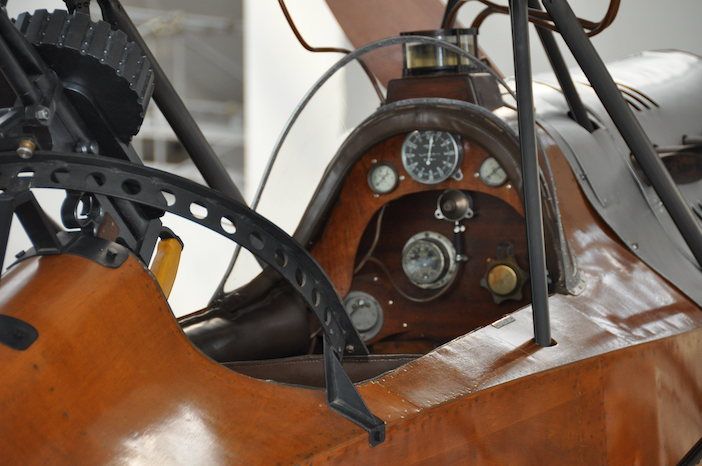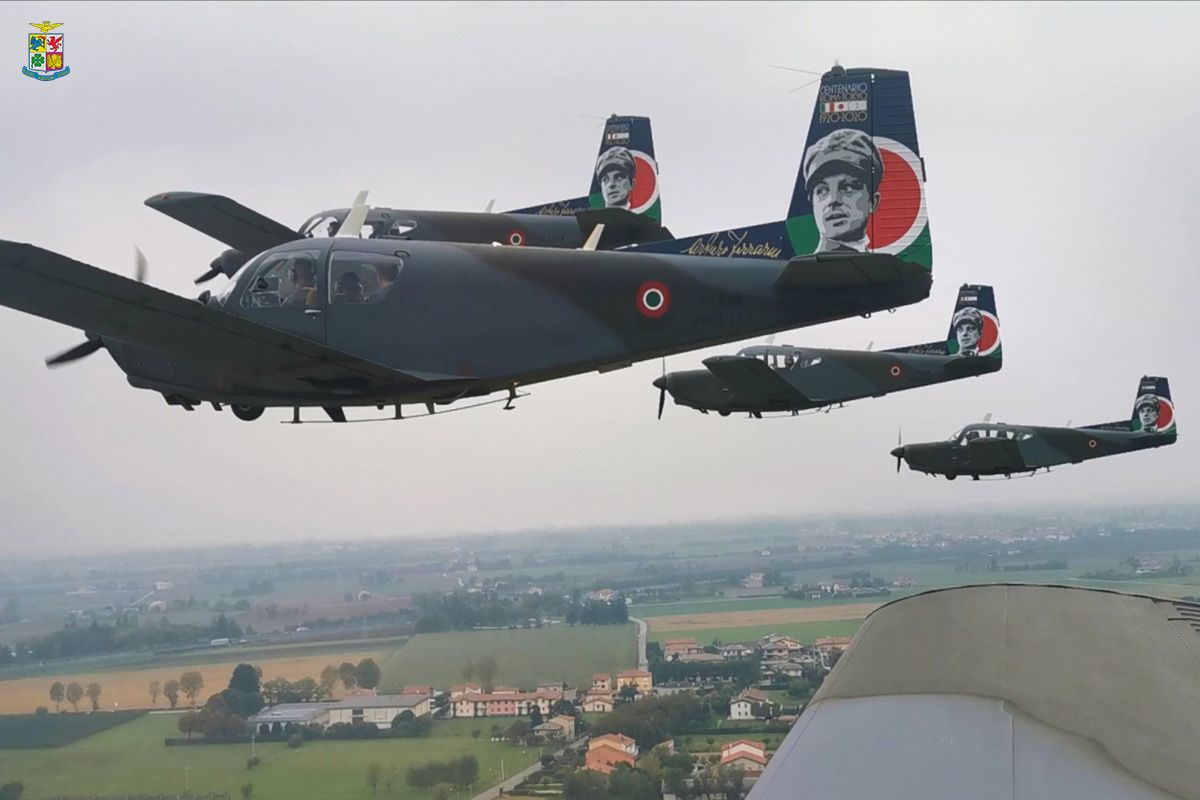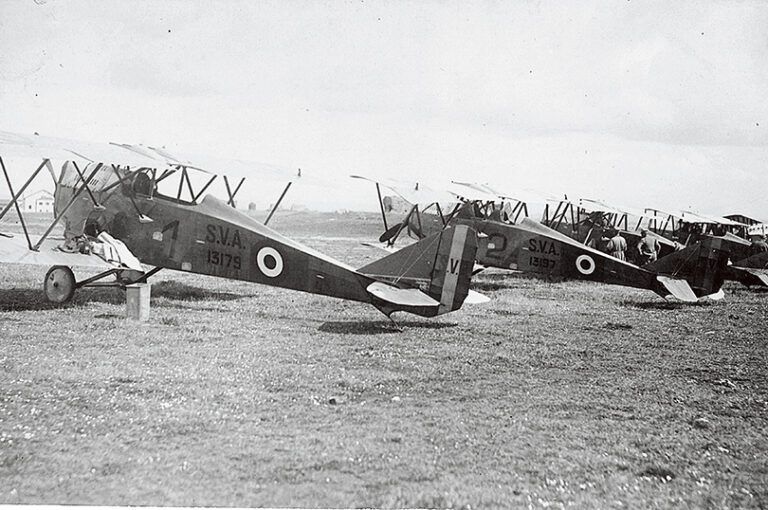A hundred years ago on May 31, Arturo Ferrarin and Guido Masiero arrived at Tokyo in two Ansaldo SVA 9 biplanes after a gruelling 106-day journey from Rome. They were met by crowds reported to be as large as 200,000 people. Ferrarin was subsequently invested as a samurai, Japan’s highest honour.
The pilots had left Centocelle airfield, Rome in fabric and wood biplanes on February 14, 1920. They were part of a company of 11 aircraft and airmen, all intent on impressing the world by flying the 18,000km (11,120 miles) journey to East Asia for the first time.
The 1920s was an era when Italian aircraft and pilots were at the forefront of aviation – setting records by flying farther, faster and higher than anyone else. The “Rome to Tokyo Raid” was conceived as a patriotic gesture between Italy and Japan and is one of the earliest achievements of Italian aviation.

The SVA biplane piloted by Ferrarin on the Raid was developed during WWI to be a fighter, although it was eventually used for various roles, including as a reconnaissance aircraft and bomber. The SVA was one of the fastest aircraft of its time with a large range and high operational ceiling. Italian engineers innovated in its design by performing calculations relating to its structure and aerodynamics to improve its performance, instead of using just empirical observations.
Despite the SVA’s class-leading credentials and the strengths of the Caproni biplanes also used, the extraordinary flight over the Middle East and Asia was largely an ill-fated attempt. The journey was hampered by poor weather, which the aircrews were exposed to because of the open cockpits of the aircraft. The biplanes were not designed for use in high tropical temperatures and humidity and had no radio or airspeed indicators.
Navigation required a watch and compass, while technical issues forced the engineers on board to continuously carry out repairs. The journey was also expensive logisticaly, with multiple stop overs, supplies and spares required, including four additional SVAs placed throughout the route.
The rest of the company failed in different places along the route. One crash in Persia during the take off of a SVA 9 proved fatal for its crew. Furthermore, only Ferrarin managed to complete the entire raid in 112 flight hours. Masiero was disqualified because he had been forced to make the leg between Delhi and Calcutta by train and the journey between Canton and Shanghai by ship.
Ferrarin has been regularly honored for his achievement as the first person to fly from Europe to Japan over the decades. On February 14 this year, the Italian Air Force celebrated the centenary of the Raid with an event at Thiene Airfield. A similar event planned for May 31 was cancelled because of the virus. For the events, Air Force aircraft including a F-104 Starfighter and S.208Ms were decorated with Ferrarin’s face and a special livery on their tails.

SVA biplane key statistics
First flight: Mar 3, 1917
Wingspan: 29ft 10in
Length: 26ft 7in
Gross weight: 2,315 lb
Top speed: 140mph
Range: 430 miles
Ceiling: 20,000ft
Output of the SPA 6A water-cooled piston engine: 200hp
Crew (SVA 9): 2





